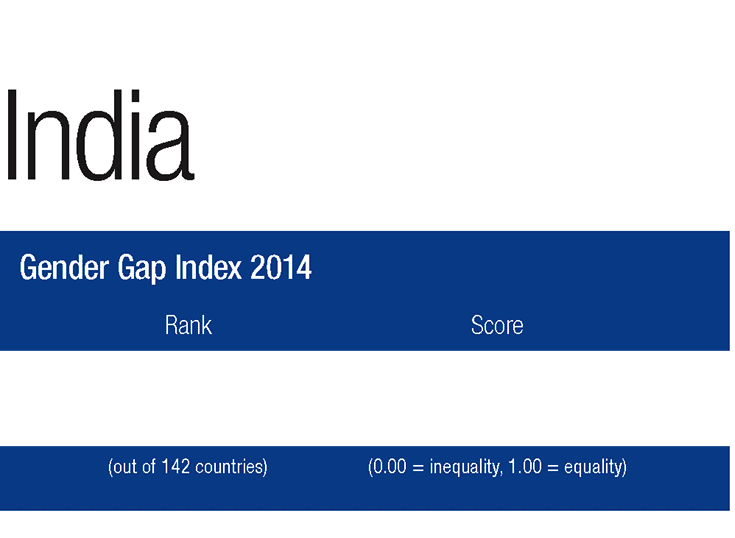Time for Gender Quotas in Indian Workforce?

Introduction
Recently, the National Association of Software and Services Companies (NASSCOM) held a discussion on “Closing Technology’s Gender Gap” at the India Leadership Forum.
According to Forbes India, the general consensus was that incremental reforms would not be enough to gain gender parity in the technology sector. While, the technology sector has a better ratio of women in the technology space (34% compared to 17%), much work still needs to be done to increase the number of women in the industry.
Problem
“The challenge in India is: How do you get women to continue working in an environment where there are social pressures preventing them to do so?” (Antje Ute Bauer, head of the Syngenta Global Development Centre.)
Women face a lot of societal pressure to stay at home and care for the family. They are expected to cook, clean the house, and look after children. Combining that with the stigma of women in the workplace makes it a very difficult situation for the women to stay in the workforce. There are biases that portray women as non-committal to their work because of pregnancy and household responsibilities, even though nowadays men share those burdens and women can use family planning to make decision about pregnancy.
Solution
Incremental steps to increase women in the workforce is clearly not working and more rapid integration is necessary to achieve gender parity. One possible solution is to force companies to hire more women through a government imposed quota. While this solution might feel interventionist, it can quickly force companies to abandon their biases against women in the workforce. The concern still remains however that women face pressure from their families to stay at home and that isn’t solved through quotas. Thus, more education and support for families is necessary to make clear that the workforce is an option for women.



